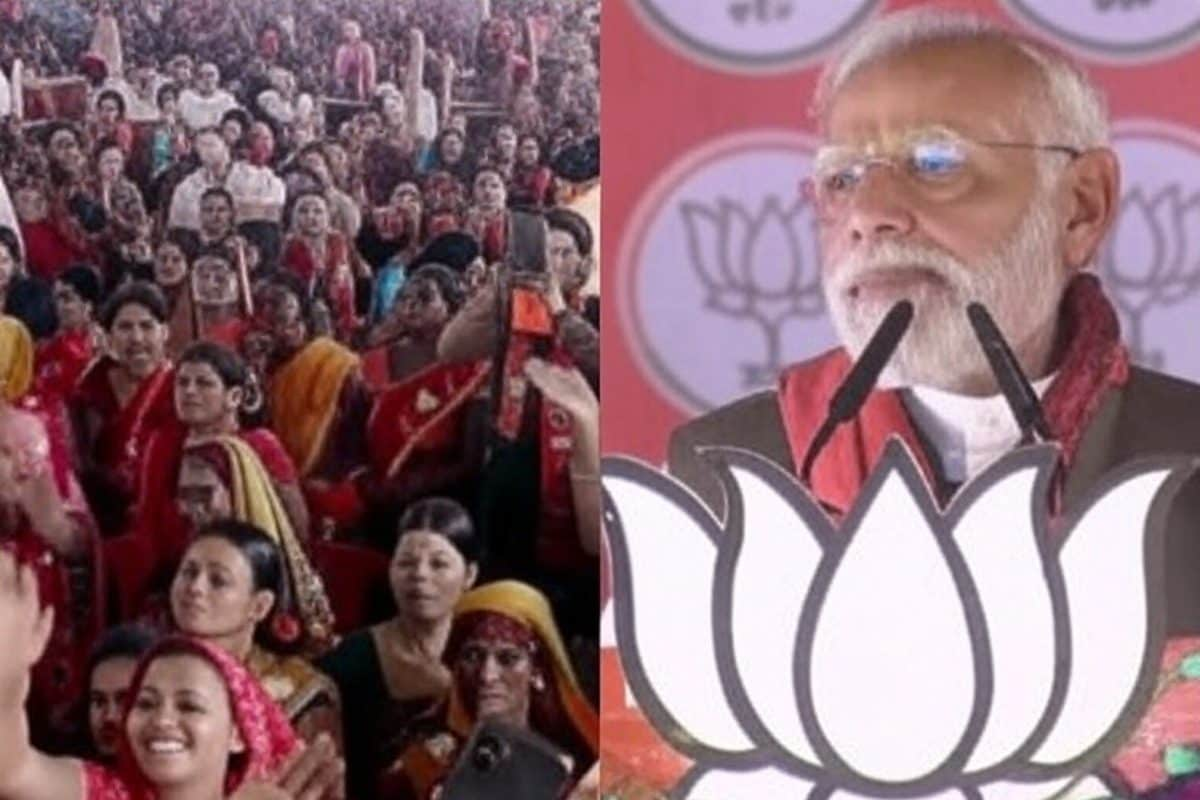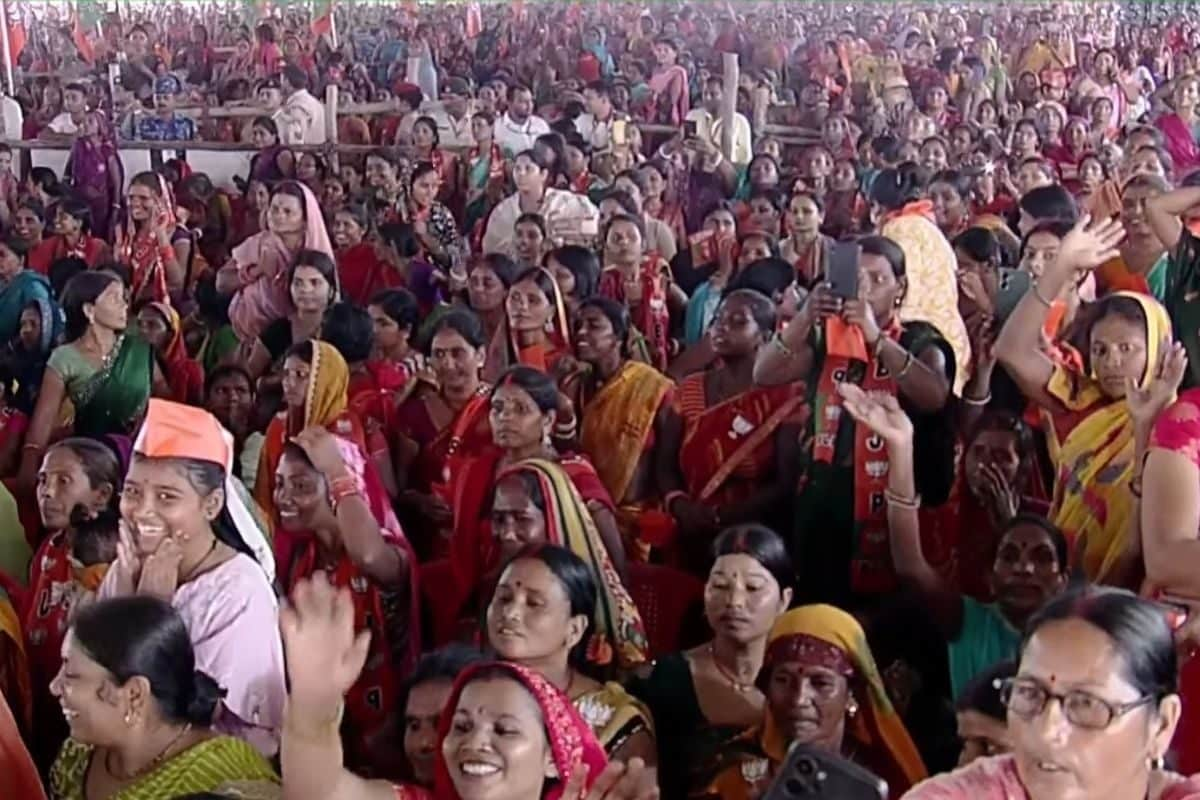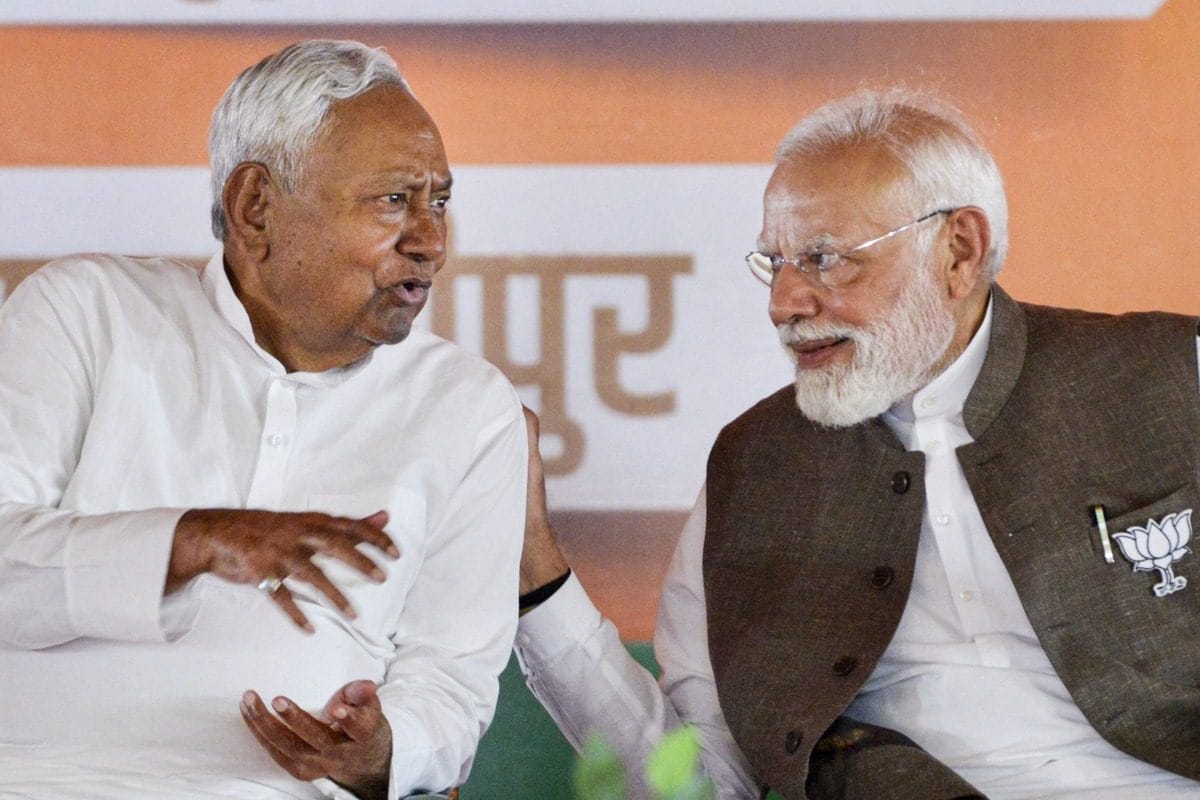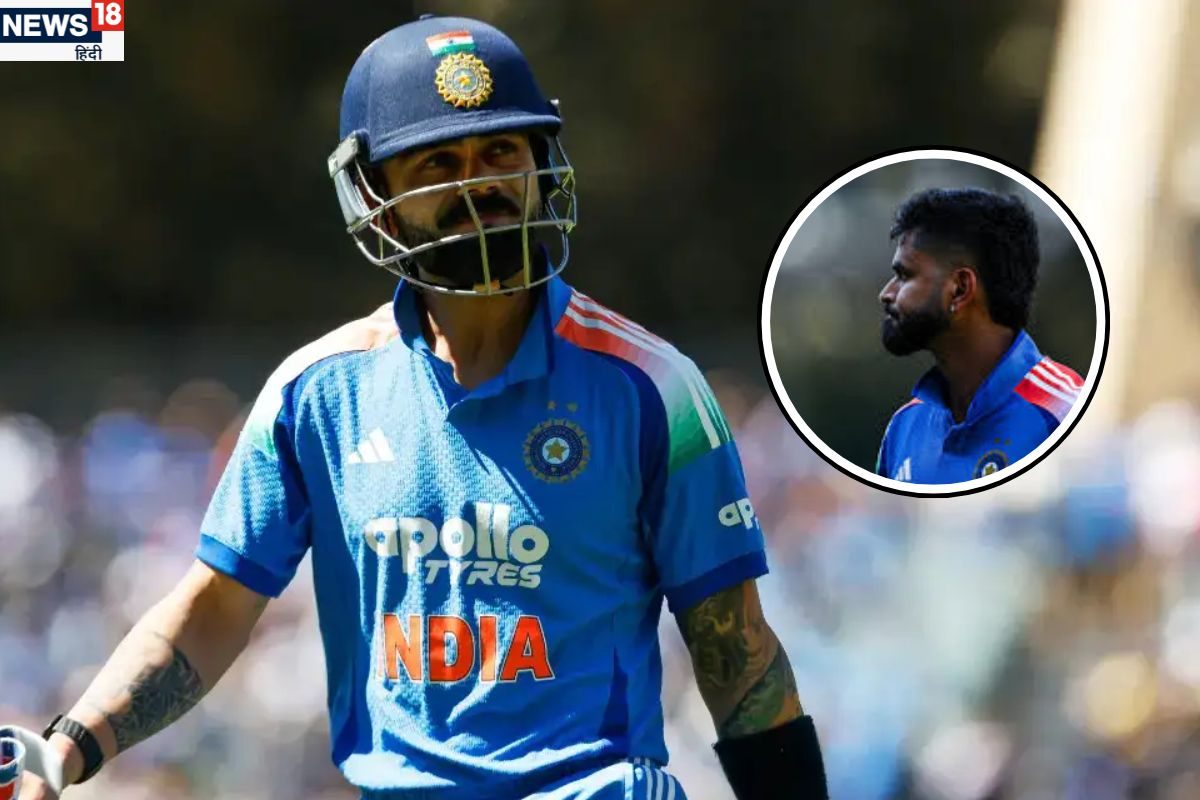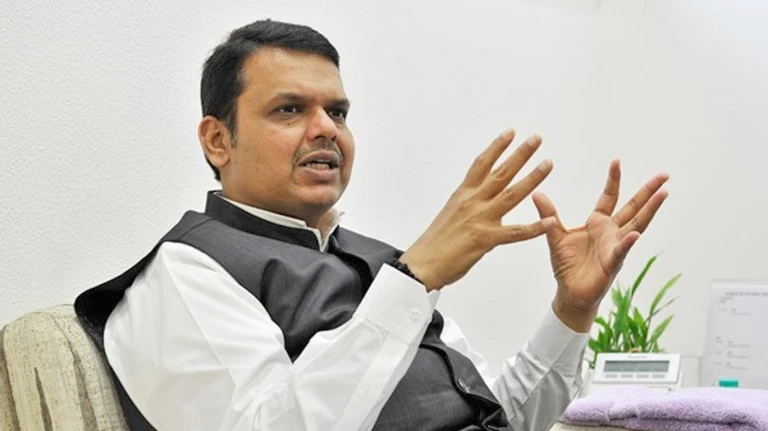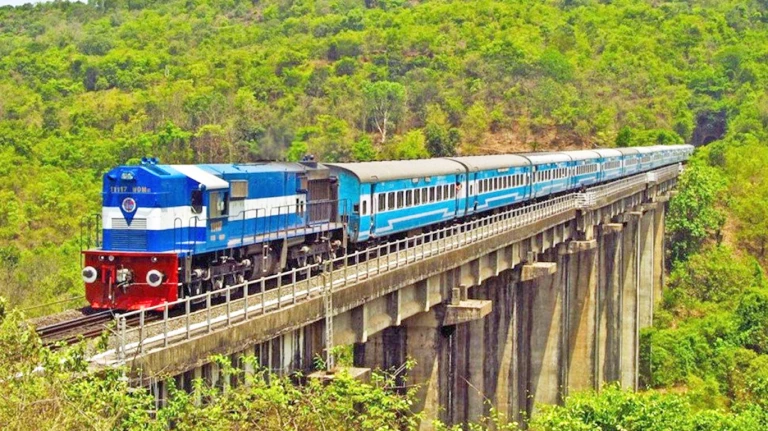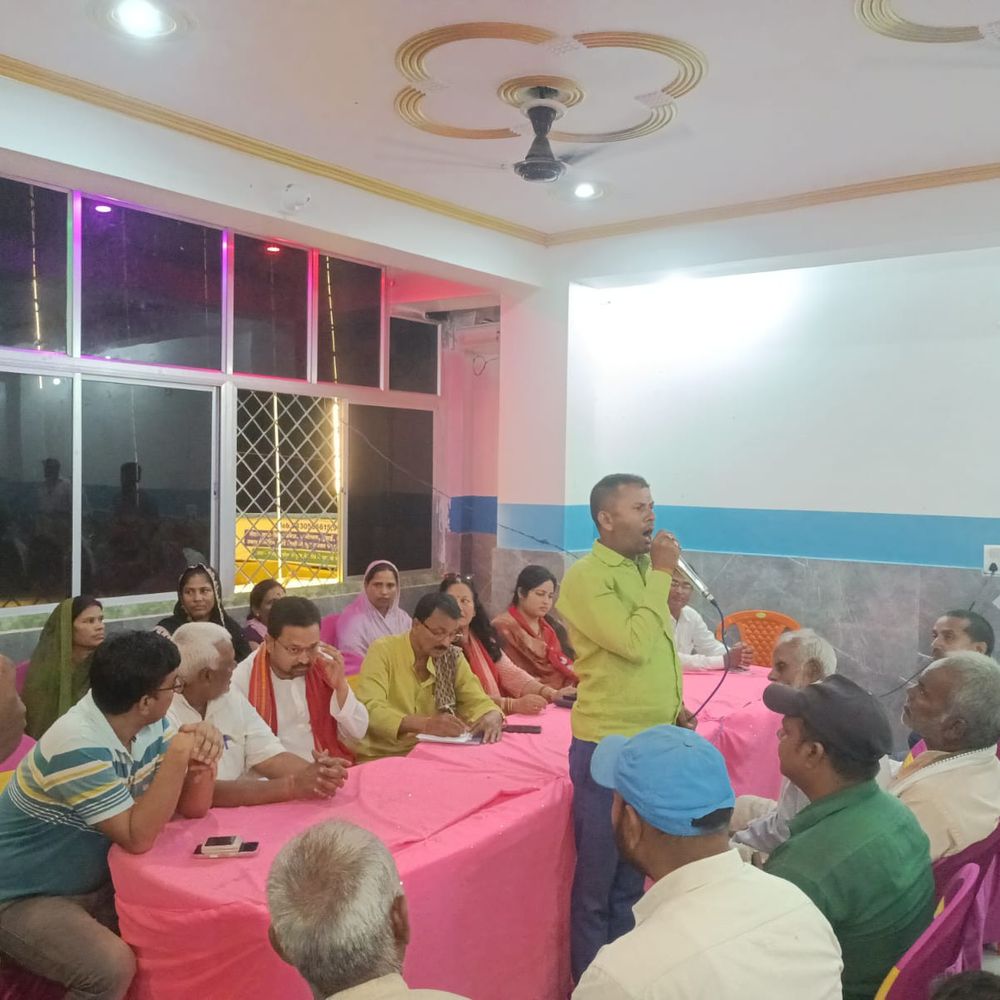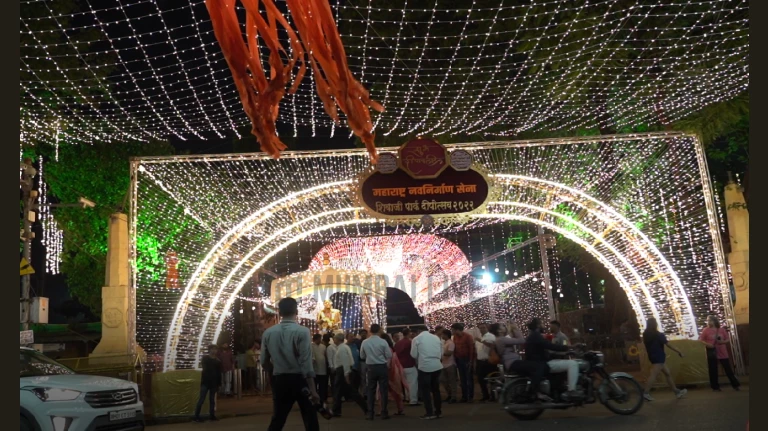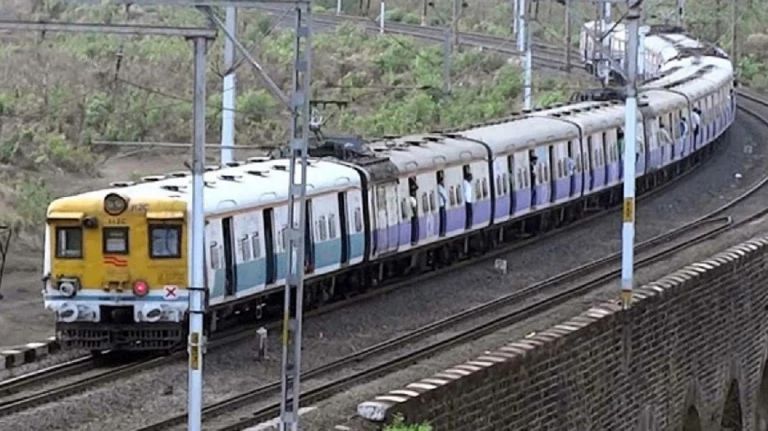Mumbai's Air Pollution Levels Peak in October Amid Festive Season, Study Finds
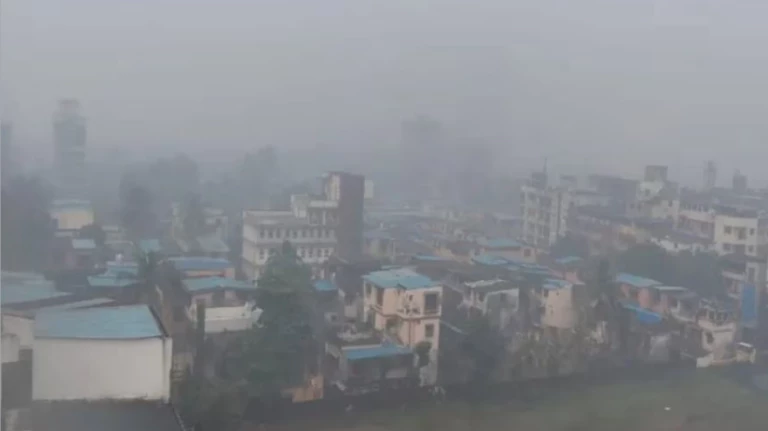
Mumbai has recorded its highest air pollution levels of 2025 in October, according to an analysis by the Centre for Research on Energy and Clean Air (CREA). Between October 18 and 22, 19 monitoring stations in the city reported their highest daily PM2.5 levels, while seven stations recorded peak PM10 levels since January.
The CREA analysis used data from the Central Pollution Control Board’s (CPCB) monitoring sites across Mumbai. As per reports, the readings show that October 2025 stands out as the most polluted month in the city this year.
City's air quality has worsened with the ongoing festive season. More people are outdoors for celebrations, but the air remains unsafe to breathe. The report suggests that there is a need to address both seasonal pollution spikes and everyday sources like construction dust and traffic emissions.
In Mumbai, air quality is tracked by Continuous Ambient Air Quality Monitoring Stations (CAAQMS) managed by the Maharashtra Pollution Control Board (MPCB), the Indian Institute of Tropical Meteorology (IITM), and the Brihanmumbai Municipal Corporation (BMC). CPCB standards set the permissible 24-hour average limits for PM10 at 100 micrograms per cubic metre and PM2.5 at 60 micrograms per cubic metre.
In recent days, areas such as Bandra Kurla Complex (BKC) and Colaba experienced some of the worst air quality, with AQI levels exceeding 200. The Indian Institute of Tropical Meteorology (IITM) had also predicted a spike in pollution levels during the Diwali period, citing factors like emissions from firecrackers, colder temperatures, and reduced wind speeds.
Despite brief rainfall during the festive period, pollutants quickly returned due to the calm winds and high humidity, which trapped the pollutants near the ground. In neighbouring Thane, air quality and noise levels also worsened during Diwali.
CREA noted that fine particles, mainly PM2.5 and PM10, come from vehicular emissions, construction activities, and open burning. These particles are the main pollutants affecting Mumbai’s air. High levels of PM10 and PM2.5 pose serious health risks. Long-term exposure increases the risk of respiratory illnesses, heart disease, and cancer.
Particulate matter is measured based on particle size. PM refers to a mix of solid particles and liquid droplets present in the air.
What's Your Reaction?
 Like
0
Like
0
 Dislike
0
Dislike
0
 Love
0
Love
0
 Funny
0
Funny
0
 Angry
0
Angry
0
 Sad
0
Sad
0
 Wow
0
Wow
0









